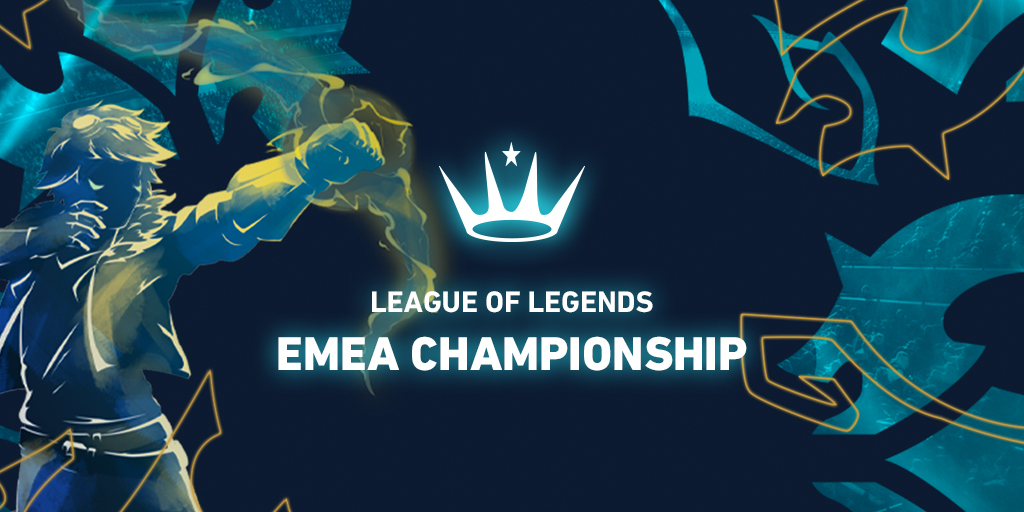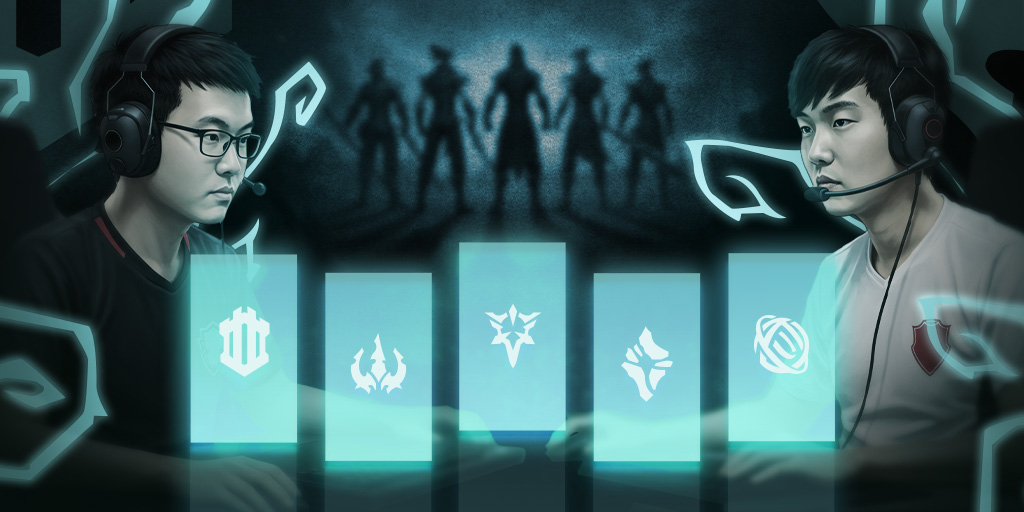10 years of European League of Legends has brought immense success to the region and the organisations competing in the LEC. It comes as no surprise that League of Legends wants to continue their success in Europe and they’re looking to do this by expanding the region to include Turkey plus CIS and MENA countries. This is happening to expand the pathway for talent from smaller and less-represented regions into the big leagues.
This all comes with a name change and a rebrand that will have Europe become represented as EMEA. Don’t worry though, the LEC will still be abbreviated to the LEC and keep its crown logo, the name will just be rebranded to the League of Legends EMEA Championship. It will also see changes to the EU Masters, which is a semi-professional tournament in which each European Regional League (ERL) will send their best participant. It also comes with a slight logo change, making it feel slightly more royal.
The LEC will remain as the crème de la crème of the European League of Legends scene, being the pinnacle of LoL esports in the newly formed EMEA region. Below it will sit the newly named EMEA Masters. This will act as a proving ground for the best teams from each ERL to show what they’re made of. Below that will sit the EMEA Regional Leagues. This will be made up of a circuit of 13 leagues, both accredited and non-accredited, that will allow for more representation over each of the smaller regions.
ERLS
Each of the ERLs feature accredited and non-accredited teams. The main difference here is the size of the leagues. Accredited leagues will host 10 teams, whilst non-accredited leagues will have eight teams. The other differences are the way the knockout stages are played. Accredited leagues feature a six-team, double-elimination format, whilst non-accredited leagues will have a four-team knockout stage.
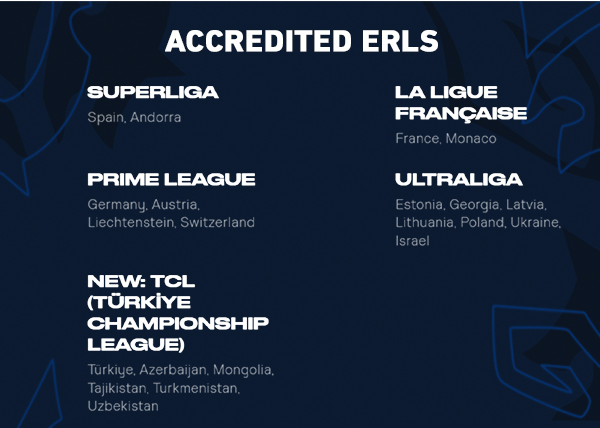
The change to EMEA has introduced two new regions, bringing the total number of ERLs up to 13. This may increase by one if the LCL is brought back into the ecosystem in the future. The Turkish Championship League (TCL) joins as an accredited league and the Arabian League (AL) joins as a non-accredited league. This brings increased representation to teams from the Middle East and North Africa (MENA) region.
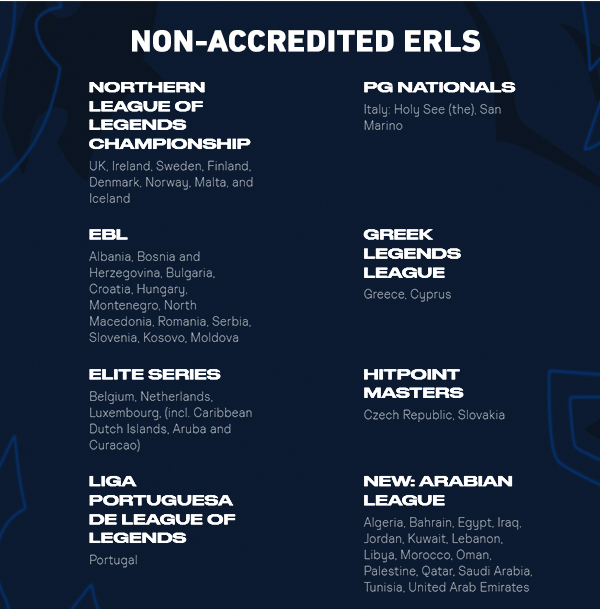
One of the other changes to the system that will benefit players in the ERLs is the change in Residency Status. It is now possible for all players across the EMEA region to be able to compete in the LEC as resident players. Not only this, but players will no longer be subject to the Interregional Movement policy in the LEC. This is happening to increase the number of talent pipelines feeding talent into the top leagues and teams across the region. Five of the 10 finalists in the LEC Spring and Summer splits featured players that had grown from the ERL system. They want to continue this as a main source of talent across the newly created EMEA region.
Changes to the LEC
Besides the ERLs gaining new leagues, the top league in the EMEA region is getting some changes. The LEC will now be divided into three splits a year, rather than two. This will begin in January with the Winter split and then there will be another split in March (the Spring split) and in June (the Summer split). The season will culminate in the LEC Season Finals, an end-of-year-event featuring the winners from each of the three splits and the remaining highest-seeded teams from across the year. During each split, teams will acquire championship points which will determine their seeding for the LEC Season Finals.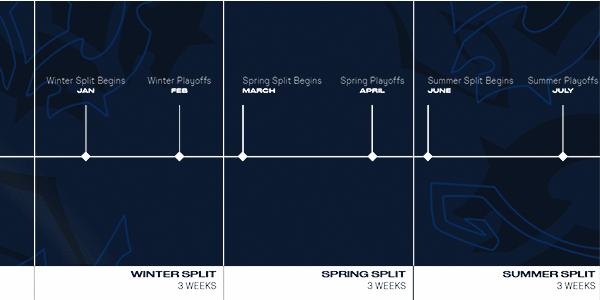
This comes with the addition of more matches, giving players more chances to compete and fans more League of Legends action to watch across the year. The splits are also undergoing changes, being split into three main stages. The first is what many fans are used to seeing, a BO1 round-robin. Once this is played out, the top eight teams will qualify to a BO3 double-elimination group stage and the top four will then go on to compete in double-elimination BO5 playoffs.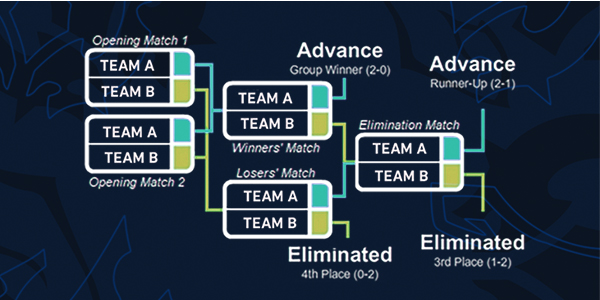
This new system is known as GSL and has been widely used across many other esports titles. It will be a good way to make the league more competitive as fewer teams will qualify to the playoffs. This should result in only the strongest competing in the latter half of each split. It’s an exciting year ahead, both for those directly involved in the EMEA leagues and spectators around the world!

